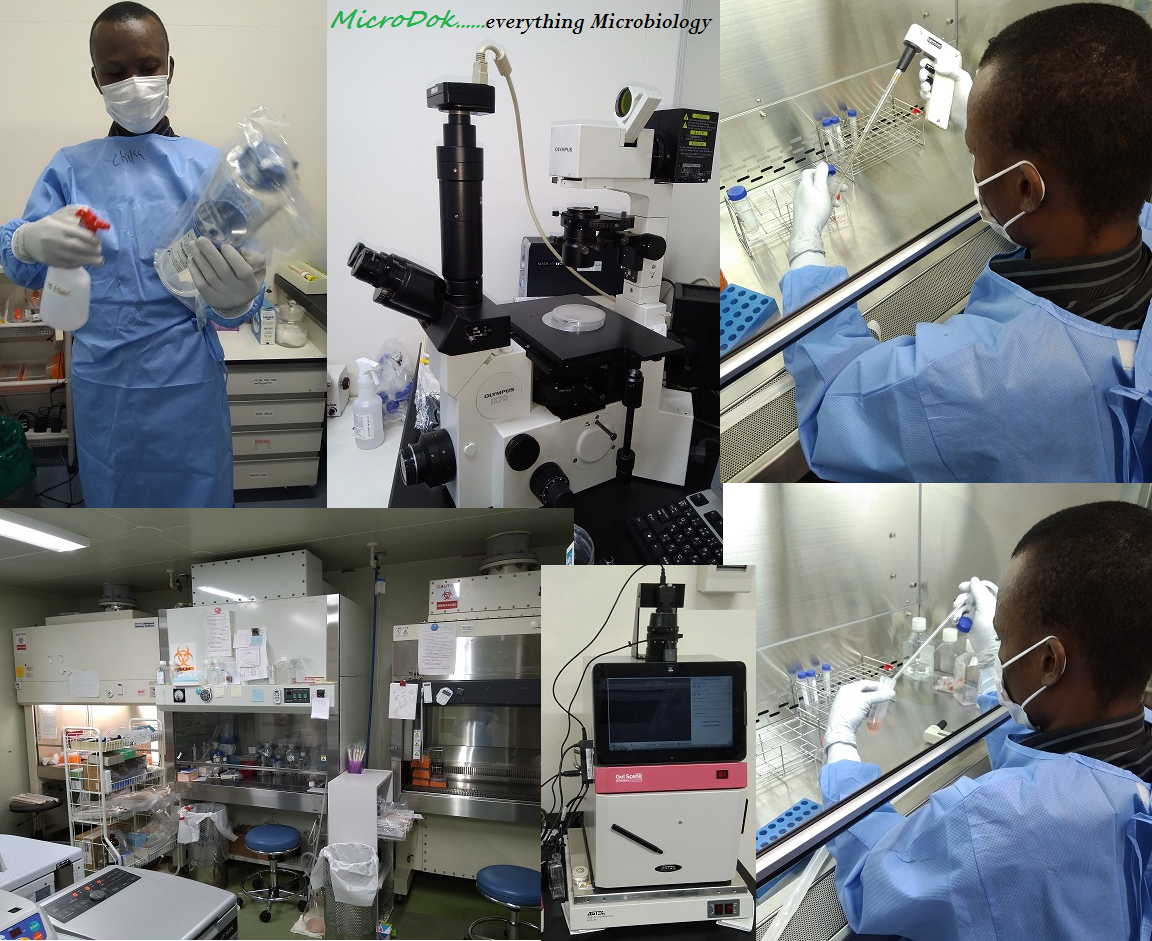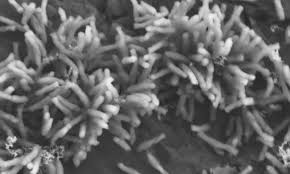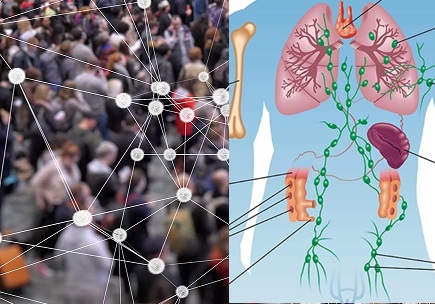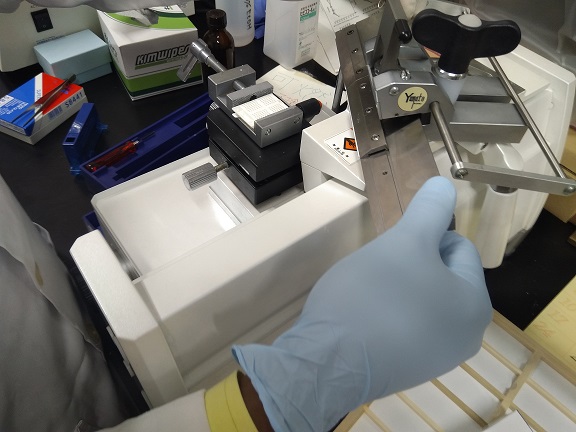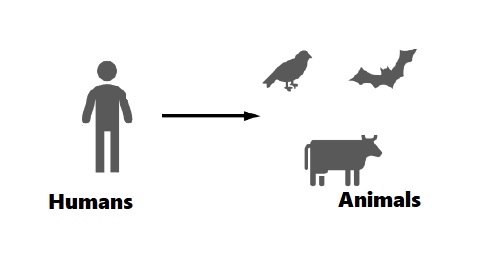Hand washing is one of the best ways to protect yourself and your family from […]
Category: Epidemiology
HEALTHY HABITS TO HELP PREVENT FLU
Preventing Flu at Work and School At School At Work Source: https://www.cdc.gov/flu/prevent/actions-prevent-flu.htm
ZOONOTIC INFECTIONS
The phrase ‘Zoonosis’ is a Greek word that comes from zoon (which means animal) and […]
MEASUREMENT OF DISEASE OCCURRENCE IN A POPULATION
Statistically, the measures and/or determination of disease occurrence in a given population are usually expressed […]
SOURCES OF INFORMATION FOR EPIDEMIOLOGICAL DATA
In describing the health status of any population, useful data (in terms of health-related issues) […]
USES OF EPIDEMIOLOGICAL DATA
Epidemiological data has immense benefit to the health of any people as well as their […]
TERMINOLOGIES USED IN EPIDEMIOLOGICAL STUDIES
Such drift or subtle changes in the antigenic surfaces of pathogens are a setback for […]
THE PLACE OF STATISTICS IN THE STUDY OF EPIDEMIOLOGY
Statistics is a branch of mathematics that is concerned with the proper method of collecting, […]
PATHOGEN & HOST FACTORS THAT INFLUENCE DISEASE DEVELOPMENT
Once a disease-causing microorganism (pathogen) gains entry into the body of a susceptible host, the […]
HERD IMMUNITY
Herd immunity is a group resistance of a population against a particular disease and the […]
THE TRIANGLE OF EPIDEMIOLOGY (Epidemiological triad)
The characteristics of a disease are largely dependent on the relationship between the environment, the […]
EXPERIMENTAL EPIDEMIOLOGICAL STUDY
Experimental epidemiological study can also be referred to as clinical trials. It is an analytical […]
SOURCES OF CASES & CONTROL IN AN EPIDEMIOLOGICAL STUDY
SOURCES OF CASES IN AN EPIDEMIOLOGICAL STUDY Cases in an epidemiological study can be sourced […]
ECOLOGICAL STUDIES
Ecological epidemiological studies are observational descriptive studies that investigate the rate of a disease in […]
CROSS-SECTIONAL STUDY
Cross-sectional studies are descriptive observational epidemiological studies which investigates the prevalence or occurrence of a […]
PROSPECTIVE (COHORT) STUDY
Prospective or cohort studies are an observational analytic epidemiological study in which the starting point […]
RETROSPECTIVE (CASE-CONTROL) STUDY
Retrospective study which can also be called case control study is an observational analytic epidemiologic […]
CASE REPORTS & CASE SERIES
Case reports are epidemiological studies that consist of the careful and thorough or comprehensive description […]
ANALYTICAL EPIDEMIOLOGY
Analytical epidemiological study is a more detailed and all-encompassing epidemiological study than the descriptive epidemiological […]
PORTAL OF ENTRY OF INFECTIOUS AGENTS INTO THE BODY
Pathogenic bacteria enter the human body in various ways and through various medium or routes. […]
Epidemic Disease Occurrence
Level of disease The amount of a particular disease that is usually present in a […]
Core Epidemiologic Functions
In the mid-1980s, five major tasks of epidemiology in public health practice were identified. These […]
Anthroponotic Disease (Anthroponosis) & Sapronoses
An anthroponotic disease, or anthroponosis, is an infectious disease in which a disease causing agent […]
DESCRIPTIVE EPIDEMIOLOGICAL STUDY
Descriptive epidemiological studies look at the frequency and distribution of a disease/infection within a population. […]
OBSERVATIONAL EPIDEMIOLOGICAL STUDY
Observational epidemiological studies are non-experimental epidemiological investigations that involves no intervention by the researcher (in […]
EPIDEMIOLOGICAL STUDIES
An epidemiological study usually involves two important steps that must be put into consideration prior […]
BRIEF HISTORY OF EPIDEMIOLOGY
The search for the ravaging scourge of some infectious diseases including cholera, typhoid fever, small […]
Introduction to Epidemiology
The word epidemiology was coined from three different Greek words: epi (upon or on), demos […]








